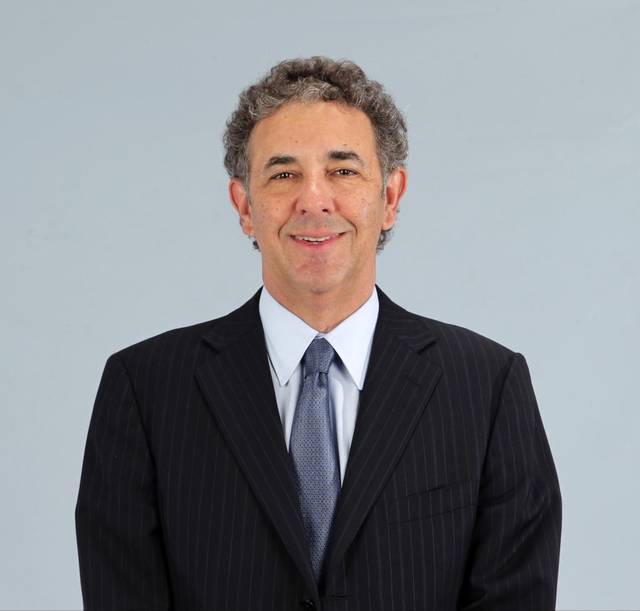As veteran workers wait longer to retire, here’s how you can also keep younger talent
By James S. Cassel

No matter what industry you are in, you will find that older/senior-level workers are waiting longer to retire. These diehards have varying motivations for extending their careers. Their names may continue to offer brand value that attract customers, clients and potential partners; they may feel they still have much to offer; they may have little else that interests them; or they simply may have to keep earning because people are living longer and are rightfully concerned that they may outlive their savings or won’t have enough money for the life they’re accustomed to.
This presents challenges to middle-market businesses that want to keep younger talent who are sometimes impatient to be promoted. But losing younger staff can mean losing the future. So, here is what you can do to keep those mid-level managers on your team and not on the competition’s.
You must show them a path to the top, albeit a slower one. Talk to your ambitious mid-level employees about how they can advance, or at least how they can grow laterally. If they don’t know there’s a path, or can’t see one, the best are more likely to look elsewhere, and once they leave, they are tough to replace given today’s low unemployment and high demand for talent. So, be as specific as you can about growth opportunities.
You may also need to work with senior-level people to alter their positions to allow younger staff more opportunities. For example, a law partner might go from partner to senior status.
Second, be careful with your hiring practices. For example, contracting a search firm to replace top-tier employees while overlooking those just one rung down the ladder sends the message that there is no path upward, leading good employees out the door.
Third, nurture a corporate culture that is challenging but respectful. The #MeToo movement has shown that we are less tolerant of abusive company leadership than ever before. This means keeping a close eye on your employees at the top who often come from a different era and corporate culture. Make sure they are treating subordinates respectfully.
Fourth, create long-lasting incentives as opposed to merely giving one- off bonuses for accomplishments. You can get this done in a variety of ways like providing educational opportunities for employees and linking such professional development to your business goals. If you cannot offer in-house training opportunities, reach out to outside providers. There are many executive programs now available that help employees hone skills and brush up on weak areas.
Also, consider including exceptional mid-tier employees in key decision- making processes. Helping steer a company toward a brighter future strengthens the bond between employees and the company.
Another possibility is offering some type of stock ownership, but not just for the senior people. With proper vesting, and other terms, this helps encourage people to stay long-term and may even give them a path to potentially buying out the founders.
Sometimes you will have to make a difficult choice, selecting who is more important to the future of the business. Remember, when you lose from the middle, rebuilding from the bottom can afford you some additional runway. Sports teams make these tough choices yearly. During rebuilding years, they sometimes have to decide between the rising star and the older veteran. (Let’s see what happens with Tom Brady.) Ultimately, it’s better that you make the decision instead of having it made for you.
There is no escaping the trend of folks working longer and inhibiting advancement opportunities for others, but if you want to have a successful middle-market business, you are going to need mid-tier workers to execute your vision. With too much employee churn, you have instability and lose institutional knowledge as well as your investment into those employees. Take the necessary steps to confront the challenge and prosper, but be prepared to address the loss of talented staff. Patience might be a virtue, but not every employee will be virtuous.
James S. Cassel is co-founder and chairman of Cassel Salpeter & Co., LLC, an investment-banking firm with headquarters in Miami that works with middle- market companies. He may be reached via email at jcassel@casselsalpeter.com or via LinkedIn at https://www.linkedin.com/in/jamesscassel.
Click here to read the PDF.



